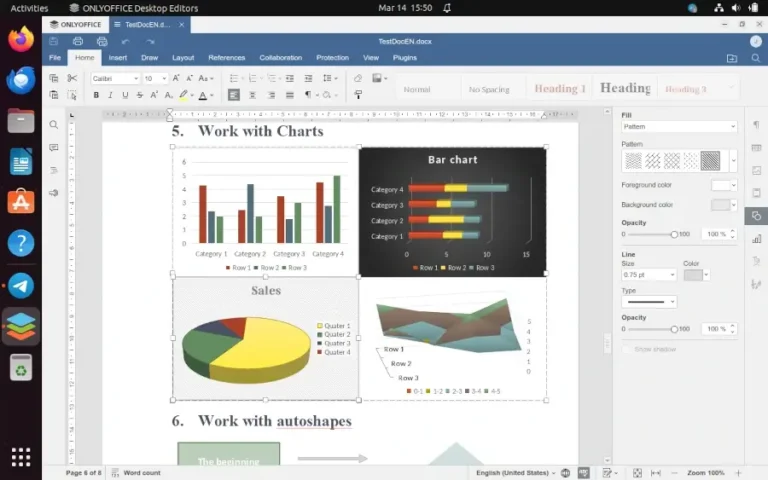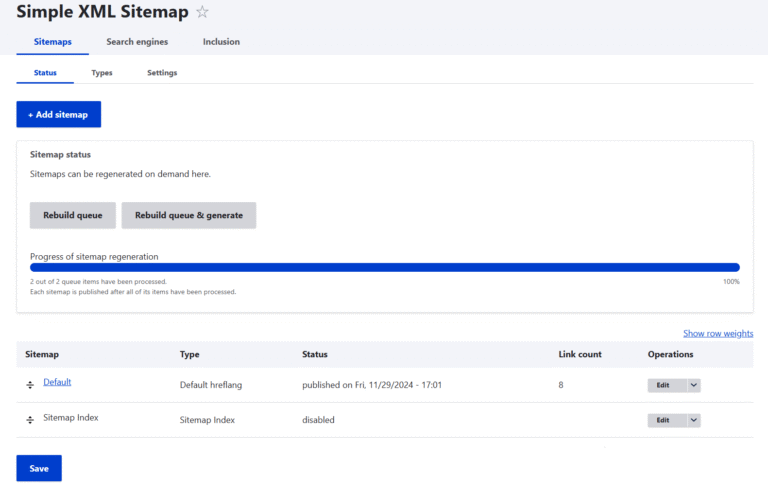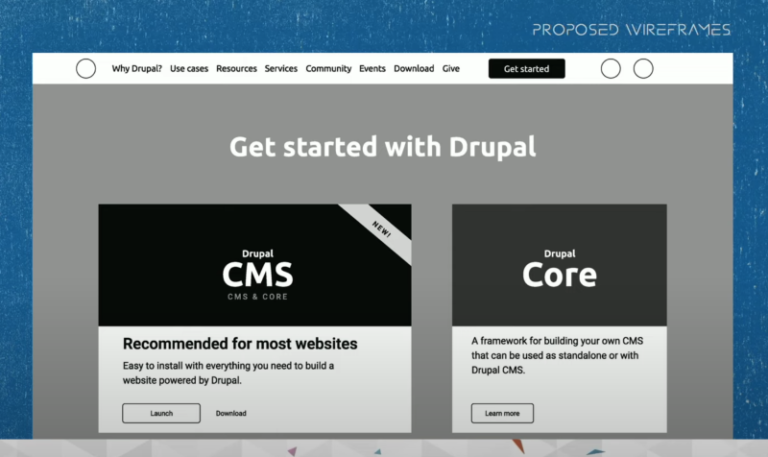
Today, migration means moving between cloud providers, adopting hybrid and multi-cloud strategies. Companies, too, are rethinking their cloud architectures. Some are moving on from monolith applications to more agile microservices. Others are hunting value by moving from traditional virtual machines to containerized workloads so applications can run within any infrastructure. Reimagining architectures for the cloud gives teams the speed, efficiency, and agility to respond to markets in real-time.
We’re in the second-wave era of migrations, where simply operating in the cloud is no longer enough. Businesses are now facing cloud stacks that are five-plus years old. These infrastructures originally met urgent needs. But in 2025, they’re no longer able to address businesses’ realities.
The Second Wave of Migration
This is why organizations are re-examining their cloud operations and spending. And they’ve concluded that a new phase of migration is at hand. The second wave of migrations won’t be a move to the cloud, it will focus on reimagining their cloud environments to realign and optimize its power.
What it means to “migrate” is changing. The race from legacy systems to the cloud is over. Now, companies are searching for ways to unlock the agility and performance promised by the cloud.
The benefits of second-wave migrations are clear: cost savings, easier management and governance, and stronger security across environments. Minimizing gaps between systems not only improves visibility—it fosters collaboration across teams. Unifying solutions makes cloud stacks more cohesive and manageable, laying the groundwork for long-term innovation and scalability.
Second-Wave Priorities
Organizations must see the cloud as an opportunity for continuous evolution rather than a one-off journey. Now is the time to calibrate cloud architecture to improve governance, fine-tune performance, and streamline tools. The second wave of migrations isn’t about being first. It’s about being the best.
But second-wave migrations can be complex. Before any data moves, it’s important to carefully assess your current environment to identify the bottlenecks, security gaps, and other inefficiencies you wish to correct. Based on that assessment, teams can prioritize changes based on need and then execute the migration with the help of automation, collaboration, and continuous improvement.
The first-wave rush to the cloud left many organizations with a fragmented ecosystem. Companies found themselves with overlapping tools—monitoring, DevOps, infrastructure management, and security. This all added up to an overwhelming jumble that made business functions more complex, more costly, and less secure. An assessment of these environments showed the need to consolidate overlapping services and tools.
The past decade has seen a sea change in the way business is done. For ten years, organizations rushed to the cloud and its promises of greater agility, scalability, and cost effectiveness. This mass migration was a “life and shift” move from legacy systems to keep up in a rapidly shifting world. The goal was clear – get to the cloud.
The first wave of cloud migration was all about adoption and getting to the cloud to unlock its potential. The new wave is also about potential, but there is one big difference. Second-wave migrations focus on optimization. How do we get the most out of our cloud environments in terms of performance, cost, and operational efficiency?
Efficiency comes from carefully crafted governance frameworks and smart automation. As organizations see cloud spending not as a fixed cost but as an investment to be managed, IT teams are searching for ways to eliminate waste, align infrastructure with current needs, and scale intelligently. The second wave is not about moving operations to the cloud but managing those operations effectively.
Now, however, most organizations are at home in the cloud. A 2024 PwC survey shows that 78% of business leaders say their businesses have adopted the cloud in most or all areas of operations. With so many mission-critical systems in the cloud, a new question has emerged. What’s the next big step in migration evolution?
The New Wave: Unlocking Agility and Speed
Organizations are looking at a new set of cloud challenges. With workloads expanding and pricing models changing, the rising costs of cloud computing are sapping budgets across industries. The cloud, too, has become more fragmented. Inefficiencies caused by overlapping tools and platforms are dragging down departments. This patchwork environment also breeds shadow IT and governance gaps when teams spin up unsanctioned services. Within this Wild West environment, many resources remain underutilized and poorly aligned with user needs.
The initial push to the cloud demanded strategy and leadership. Second-wave migrations, too, will require vision and a clear set of goals. The cloud journey is not over. Now comes the most important phase—reinvention.
By Aaron Wadsworth
The Cloud’s Strategic Second Act
As cloud environments grew more complex and fragmented in the first wave, better governance and visibility quickly became a priority. In the second wave, many organizations are using dashboards and observability tools to centralize operations. These tools give teams real-time insights into cloud assets, performance, and usage. They also mitigate configuration drift and security vulnerabilities, which centralizes operations and reduces shadow IT.
As more and more operations have shifted to the cloud, the focus of many organizations has moved from rapid deployment to optimization. IT teams have been tasked with ensuring that each cloud service delivers on its promised value. This includes rightsizing resources, finding underutilized assets, and reassessing usage patterns.
The need for better governance is also driving the rise of automated policy enforcement. This practice helps teams improve centralized security, compliance, and operational standards at scale. Companies looking to reduce risk while maintaining agility can embed infrastructure guardrails to ensure cloud resources are aligned with policies, regulatory requirements, and business goals.






